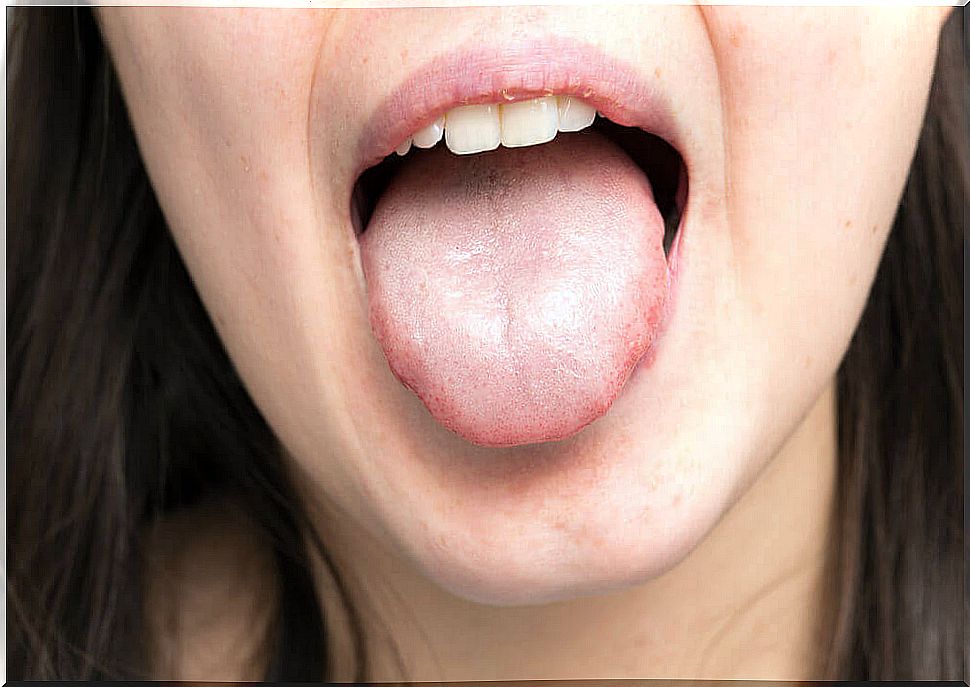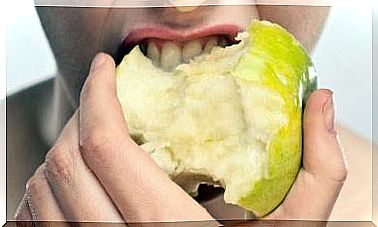Submaxillary Glands: What Are They For?
The submaxillary glands can also be called the submandibular glands. They are named after their anatomical location in the skull, below the floor of the mouth.
They are part of the set of major salivary glands, which is made up of the submaxillary, parotid and sublingual glands. The parotid gland is even, one on each cheek, close to the ears. The sublinguals are distributed under the tongue.
The weight of the submaxillary glands is small, no more than 15 grams each. Embryologically, it is one of the first to appear in the fetus during pregnancy. Of course, its main function is the formation of saliva.
Anatomy of the submaxillary glands
The submaxillary glands are made up of connective tissue and glandular tissue. The glandular is of two forms: serous and mucous. Connective tissue is the fibers that support the structure.
A duct starts from the gland itself, which has the function of pouring saliva into the oral cavity. It’s called Wharton’s submaxillary duct, and it’s about 2 inches long.
The outlet of Wharton’s duct is visible and palpable through the oral cavity. It can be found on either side of the tongue tie. Sometimes, to know if the duct is blocked or not, the dentist can stimulate the glands and check that mouth opening to verify the expulsion of saliva.
The nerves that reach the glands to control the production of saliva are the lingual and some branches of the facial. It is an area highly irrigated by arteries and veins, like the entire mouth.

The functions of saliva
If we wonder what the submaxillary glands are for, then the obvious answer is saliva. As part of the salivary system that they compose, there lies their importance.
Together with the parotid and sublingual glands, plus the minor salivary glands, these organs are responsible for supplying the mouth with saliva. If we understand the functions of saliva in the body, we can understand the reason for being the submaxillary glands.
Saliva is a colorless liquid whose main function is to lubricate the mouth. In a full day we can produce up to one and a half liters of this substance. Their functions are:
- Facilitate swallowing: food is chewed and wrapped in saliva before beginning its journey to the rest of the digestive tract. The coating that the saliva gives lubricates this step of the food bolus, facilitating the intake.
- Heal the mucosa: saliva is a powerful antiseptic and protector. It contains substances that prevent infections and that stimulate healing if there is a wound inside the mouth.
- Regulate the acidity of the mouth: the foods we eat can be acidic or basic. If the acidity values of the food are extreme, the tooth enamel could be damaged. To counteract that, saliva neutralizes substances seeking to equalize towards a neutral pH.
- Degrade starches: In saliva there is an enzyme called alpha-amylase . This enzyme breaks down large carbohydrates to make them smaller and easier to get into the bloodstream. When alpha-amylase reaches the stomach, it is inactivated by hydrochloric acid.

Submaxillary gland diseases
Like any organ in the body, the submaxillary gland can suffer disorders and pathologies that affect it. Although it is unknown to many, dentists are well aware of its existence and its associated problems.
Most often, stones form that clog the Wharton’s duct. These stones are technically called sialoliths. If they are too large and fit into the saliva outlet path, the gland becomes inflamed.
Sialoliths are rare in children, but can appear sporadically. The highest prevalence occurs in adults up to 50 years of age.
The submaxillary glands can also become infected. Both viruses and bacteria have the potential to invade salivary tissue, inflame it, and obstruct the Wharton’s duct.
In conclusion
The submaxillary glands are organs that are part of the set of major salivary glands, along with the parotid and sublingual glands. They fulfill the essential function of producing the saliva that we use daily.
Saliva is essential for the digestion of food, to protect the oral mucosa and to take care of the teeth. When there is a deficiency or absence of saliva, all these processes are altered.
Finally, we cannot forget that the submaxillary glands can become infected and clogged with stones. If you have symptoms in these regions, it is prudent to consult a dentist.









